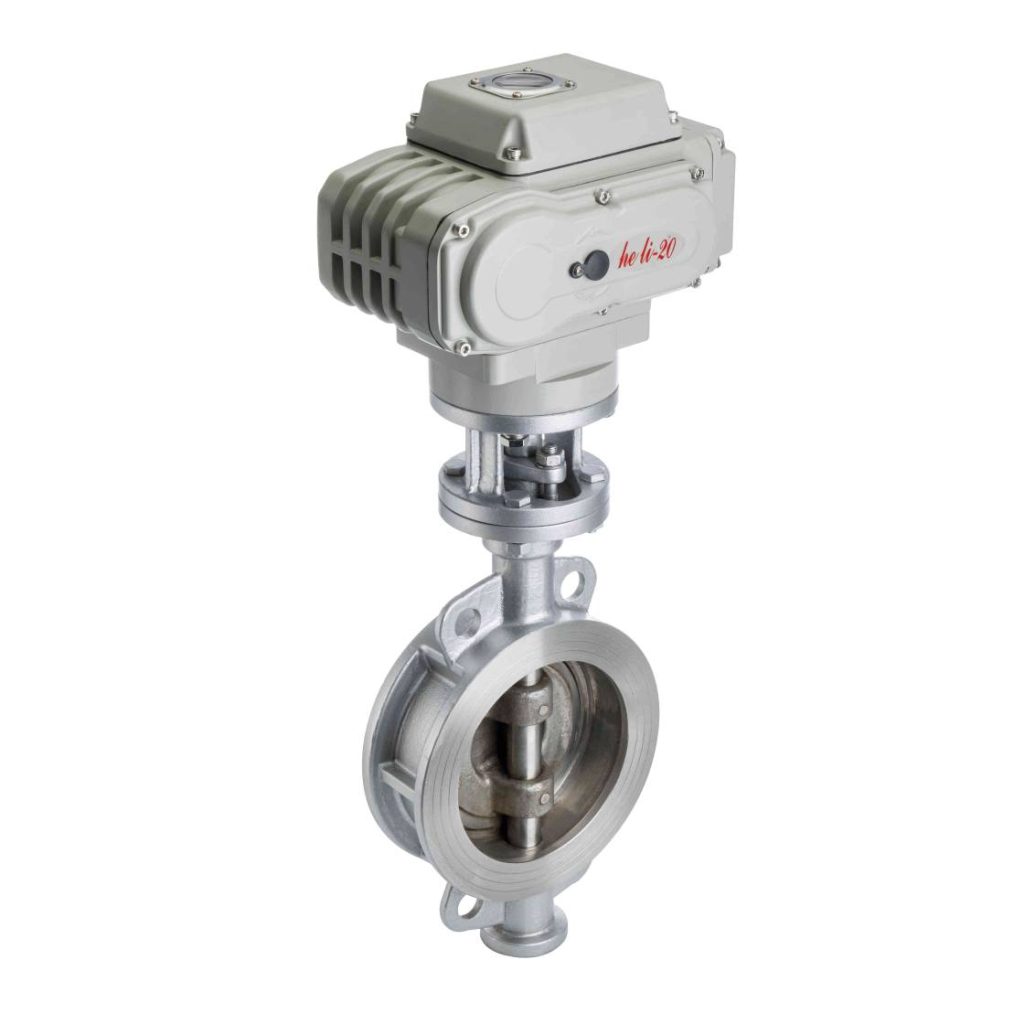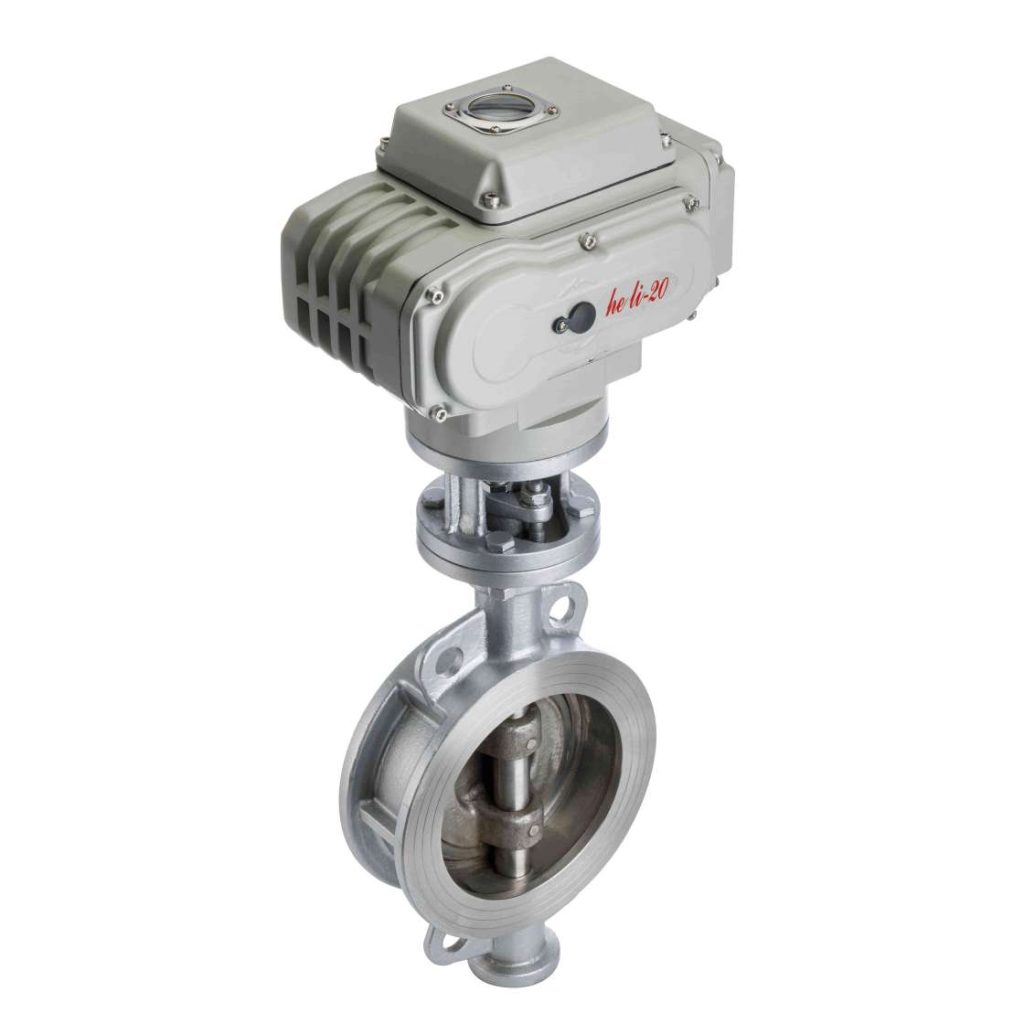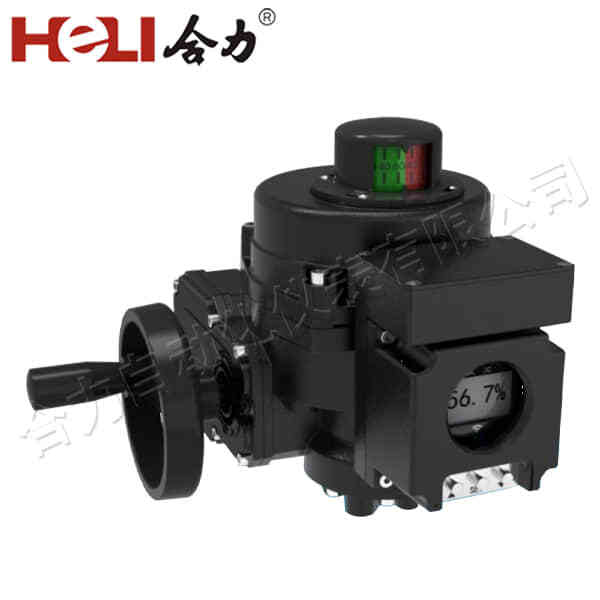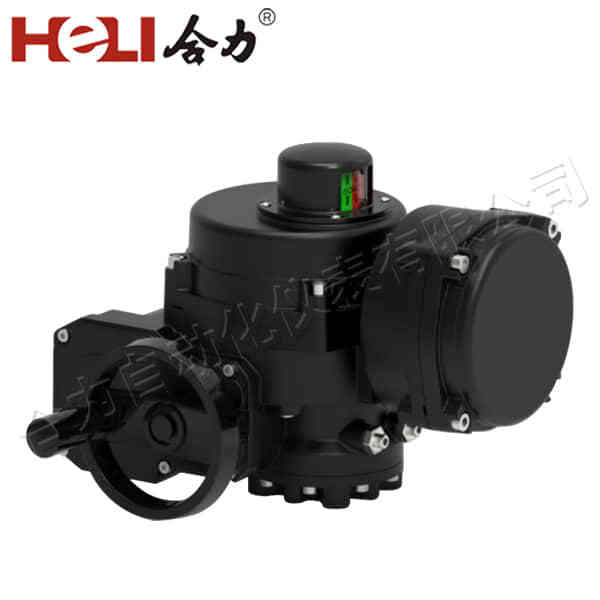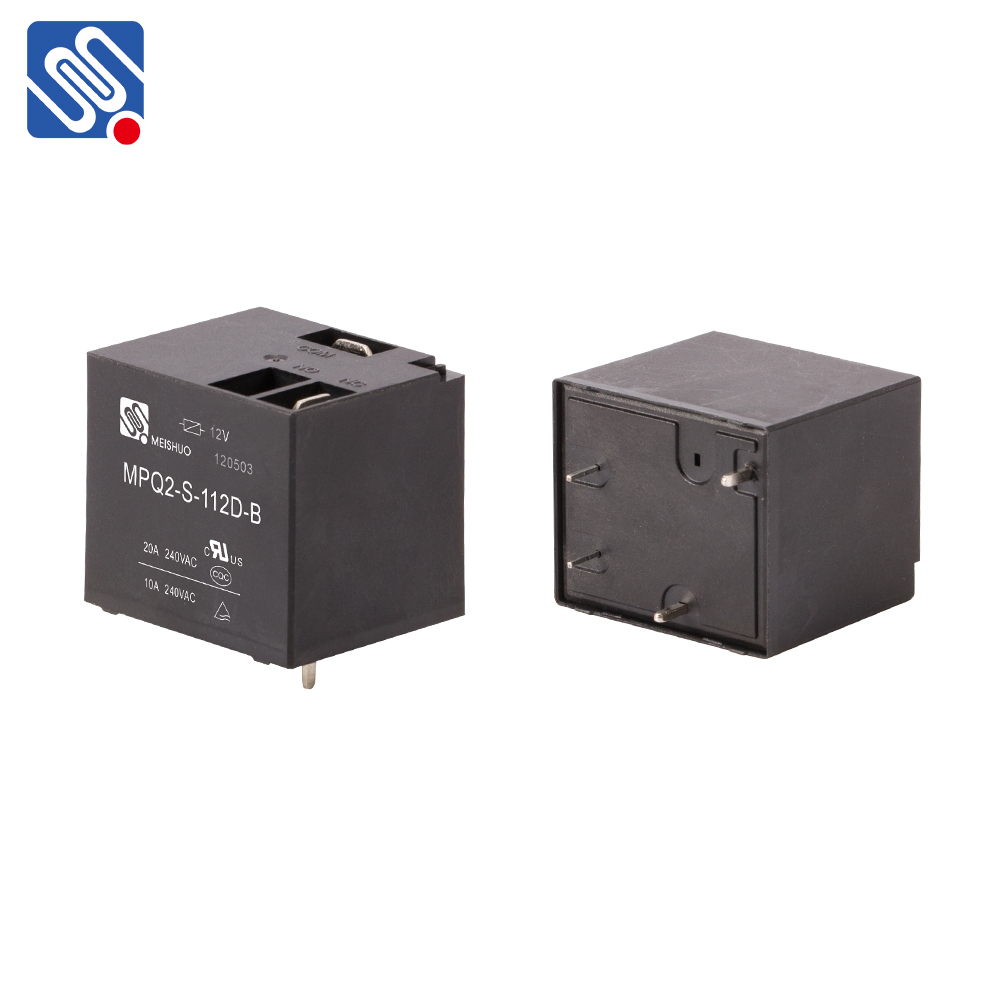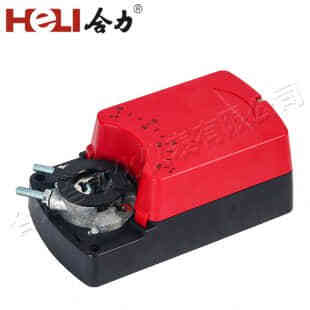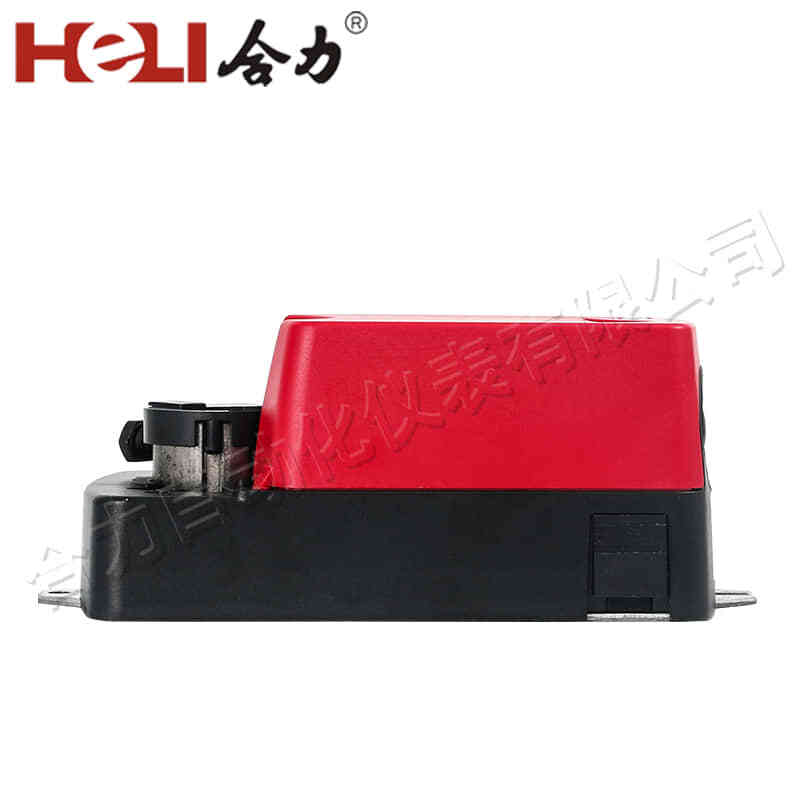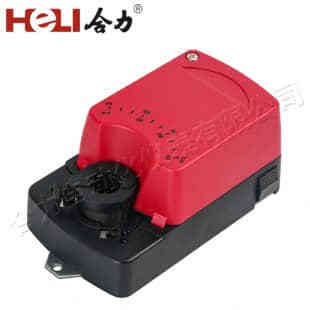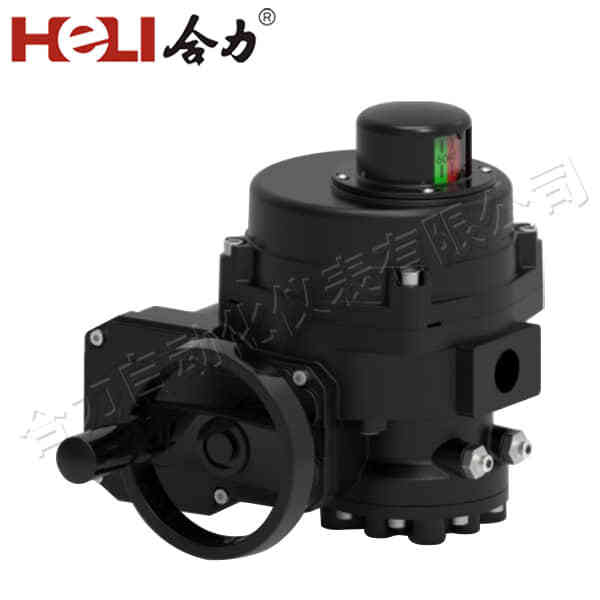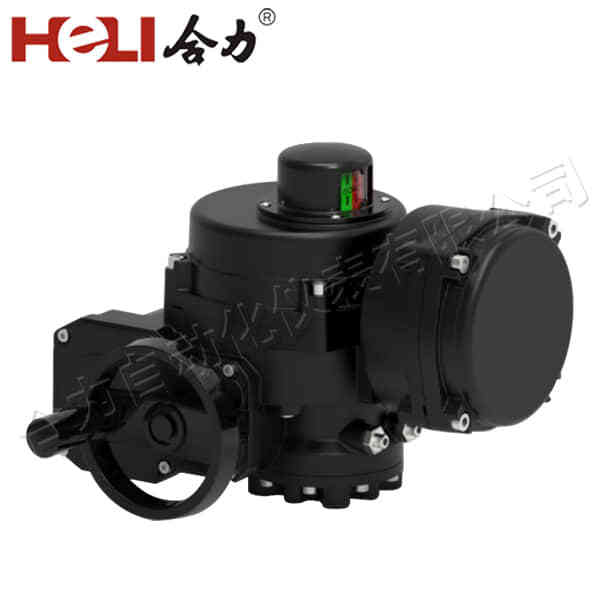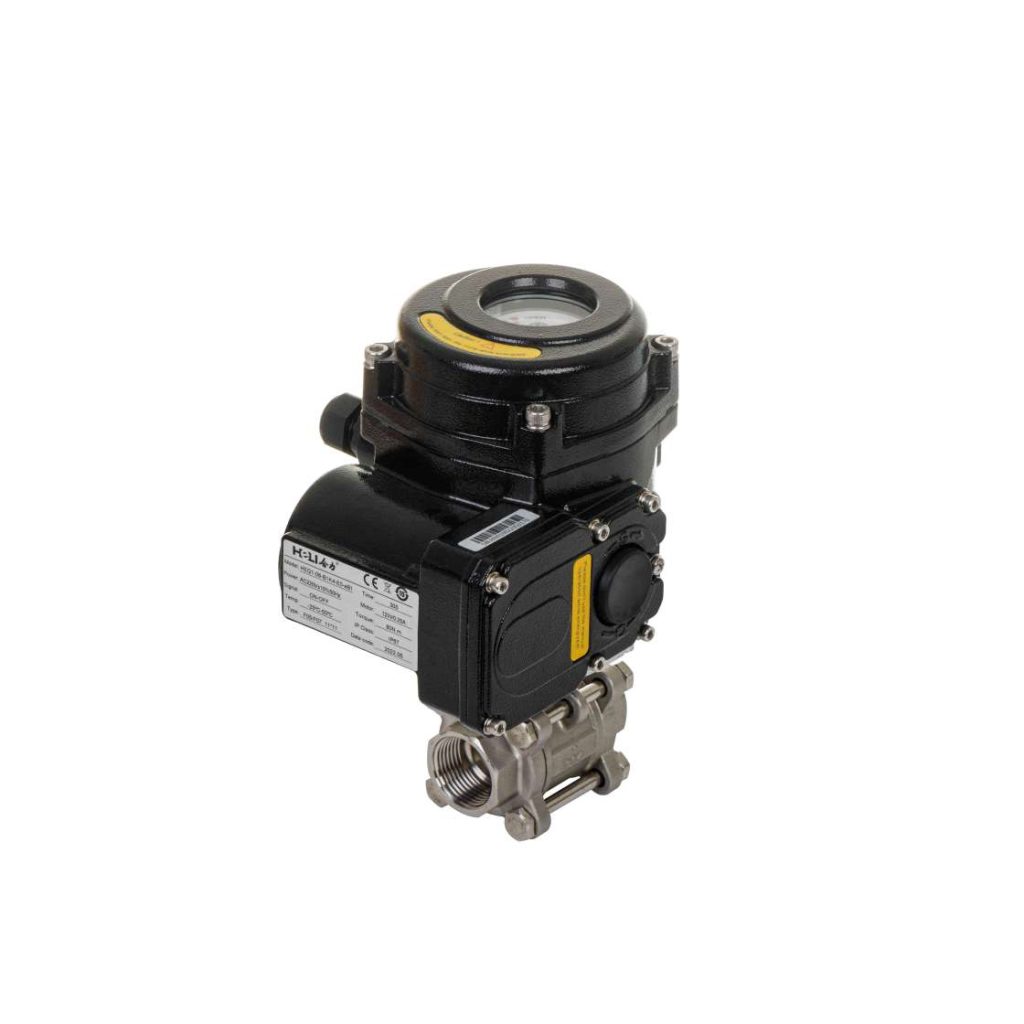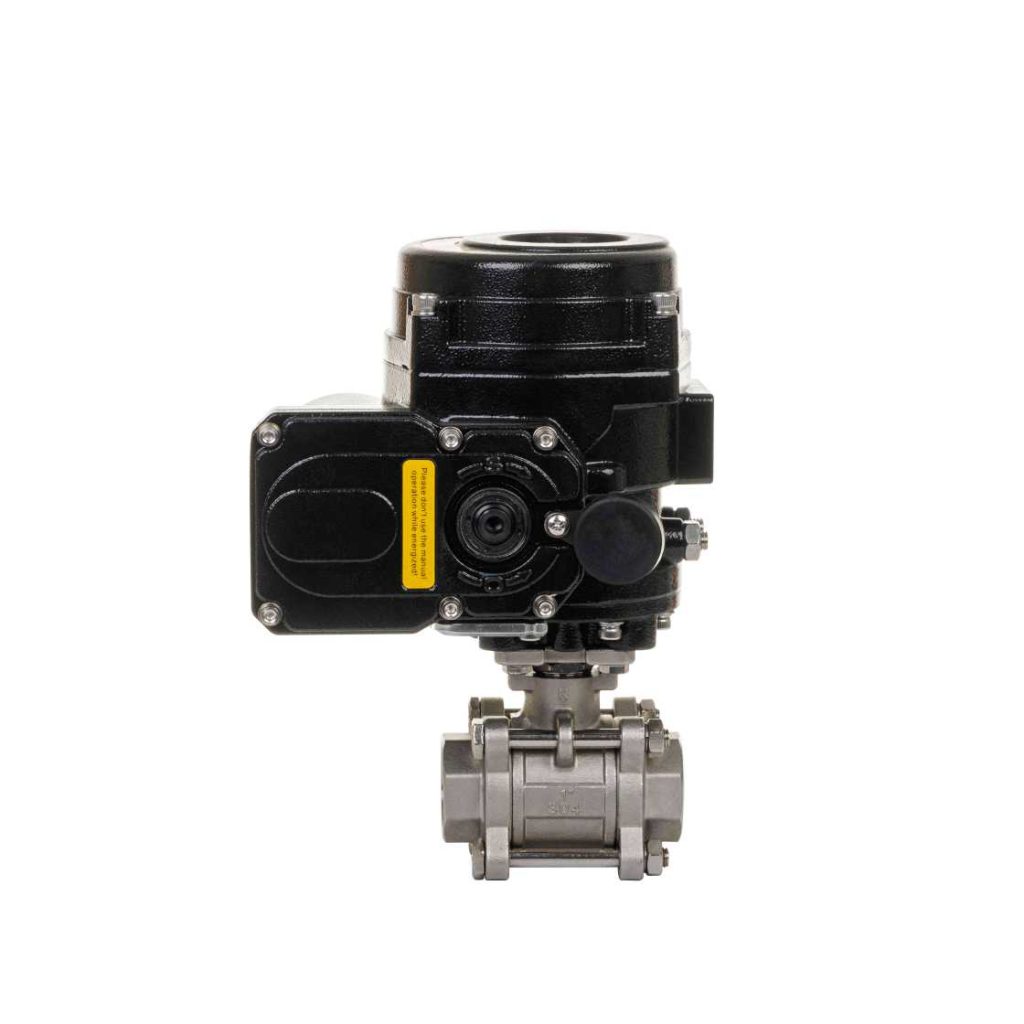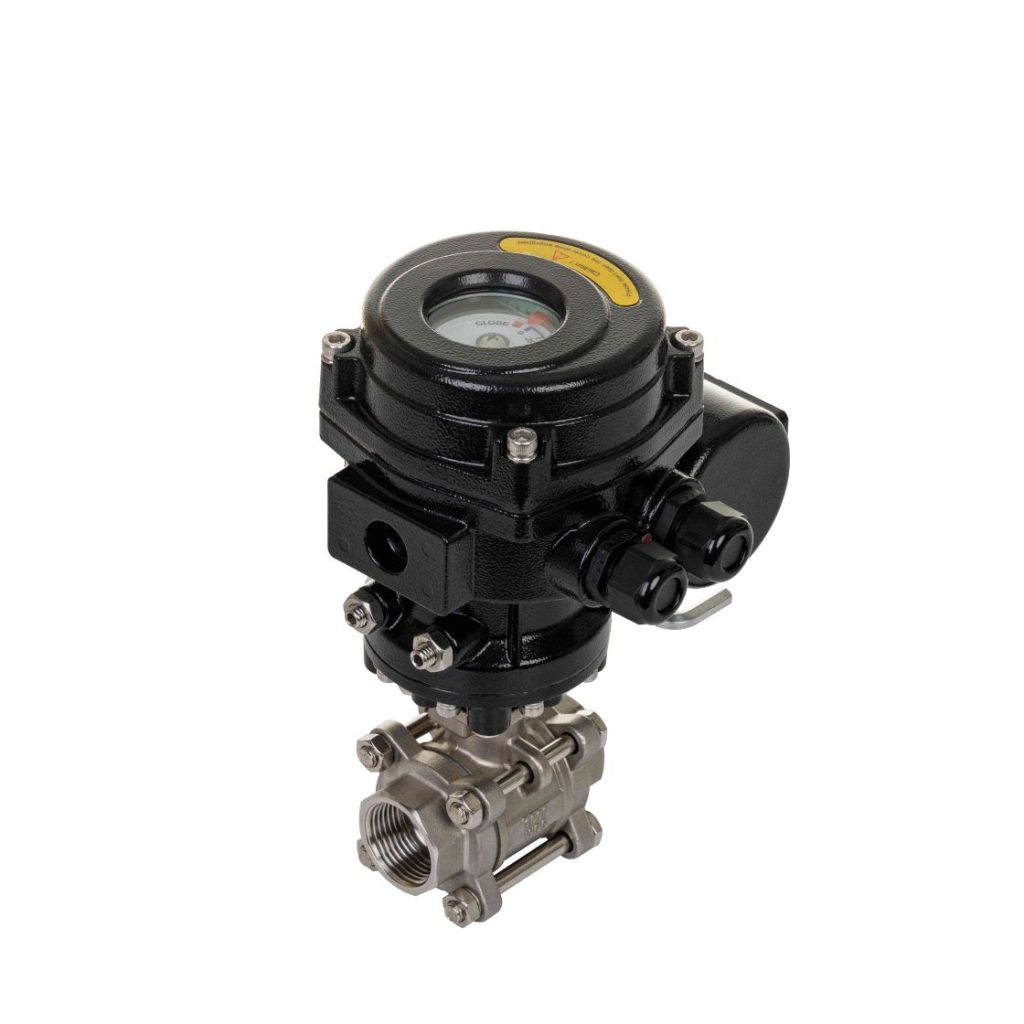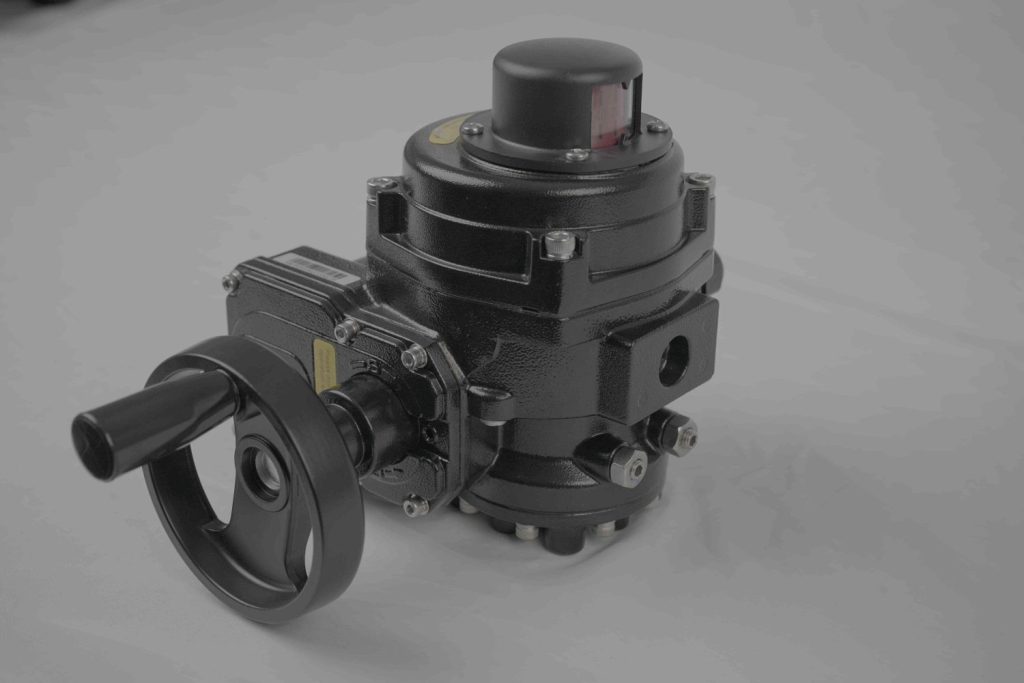A 220V 30A relay is a vital component in many electrical control systems, providing a safe and efficient way to control high-power devices using low-voltage signals. These relays are commonly used in various applications, from household appliances to industrial machinery, due to their ability to handle high current and voltage ratings. This article will explore the purpose, working principle, and various applications of the 220V 30A relay, helping you better understand its significance in modern electrical circuits.
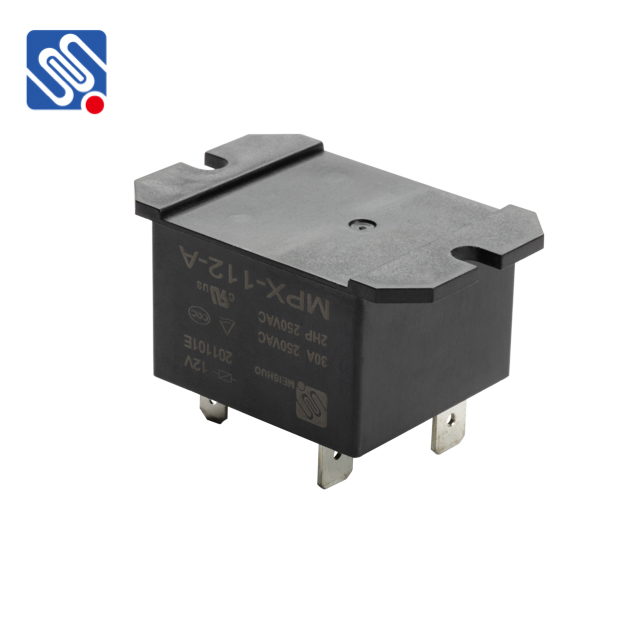
What is a 220V 30A Relay? A relay is an electromechanical switch that uses an electromagnet to open or close the contacts of a circuit. The 220V 30A relay is specifically designed to control high-voltage devices operating at 220V and with current requirements of up to 30A. In practical terms, this means that the relay can control electrical equipment such as motors, pumps, air conditioners, and heating elements that require higher voltage and current than what typical low-voltage control circuits can provide. The 220V 30A relay consists of an electromagnetic coil, contacts, and a spring mechanism. When a low-voltage control signal is applied to the coil, it generates a magnetic field that moves the contacts, either completing or breaking the electrical circuit. This action allows the relay to act as a switch, enabling the low-voltage control system to safely manage high-power devices.
